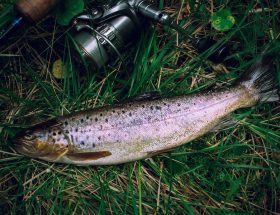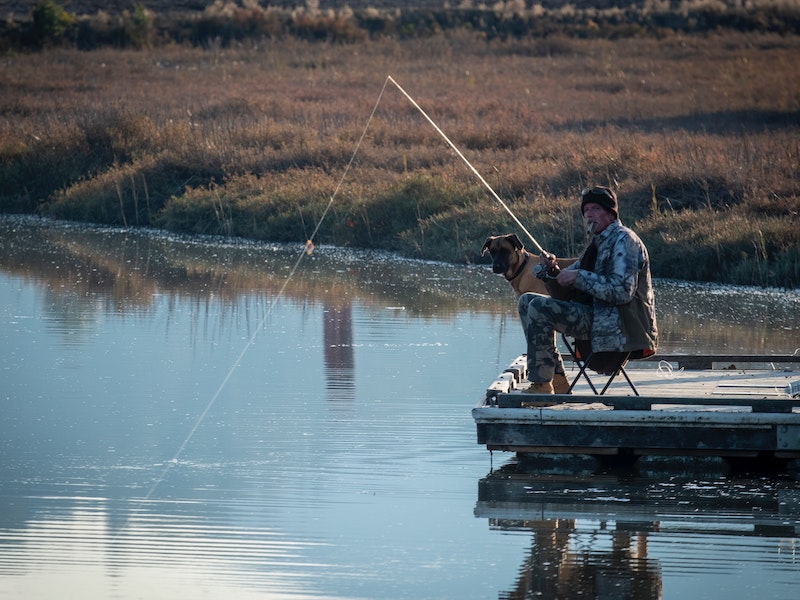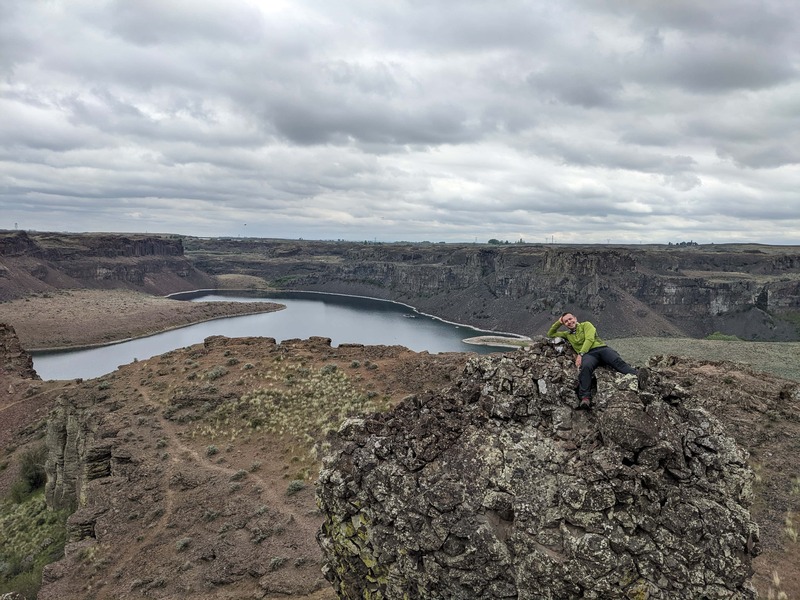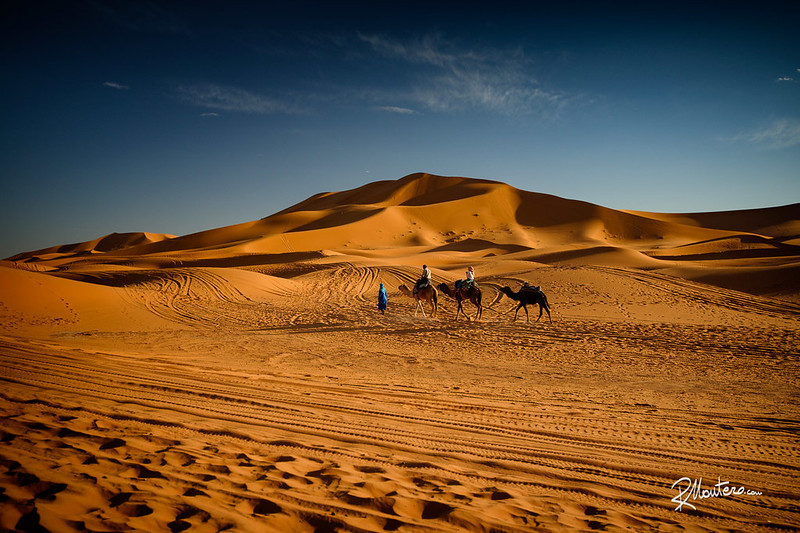New Zealand is known for its pristine rivers and lakes teeming with trout, making it a world-renowned destination for anglers. In this comprehensive guide, we’ll cover everything you need to know to plan your ultimate trout fishing adventure in New Zealand. From the best techniques and gear to use, to the top locations and seasons to fish, we’ve got you covered. Whether you’re a seasoned pro or a beginner, you’ll find valuable insights and tips to help you make the most of your trip. So grab your rod and let’s dive in!
 New Zealand is a fisherman’s paradise, with its crystal clear rivers and lakes teeming with trout. For many anglers, a trip to New Zealand is a bucket-list item, and for good reason. Whether you’re a seasoned pro or a beginner, New Zealand offers some of the best trout fishing opportunities in the world. In this comprehensive guide, we’ll cover everything you need to know to plan your ultimate trout fishing adventure in New Zealand.
New Zealand is a fisherman’s paradise, with its crystal clear rivers and lakes teeming with trout. For many anglers, a trip to New Zealand is a bucket-list item, and for good reason. Whether you’re a seasoned pro or a beginner, New Zealand offers some of the best trout fishing opportunities in the world. In this comprehensive guide, we’ll cover everything you need to know to plan your ultimate trout fishing adventure in New Zealand.
The Best Time and Locations for Trout Fishing in New Zealand
Trout fishing in New Zealand is a year-round activity, but the best time to go depends on your preferred fishing method. During the summer months (December to February), dry fly fishing is at its peak. Autumn (March to May) is the best time for streamer fishing, while winter (June to August) is ideal for nymph fishing.
In terms of location, New Zealand has countless rivers and lakes that are home to trout. The South Island is particularly renowned for its trout fishing, with the regions of Canterbury, Otago, and Southland offering some of the best opportunities. The North Island also has its fair share of excellent fishing spots, including Lake Taupo and the Tongariro River.
Gear and Equipment for Trout Fishing in New Zealand
Having the right gear and equipment is crucial to a successful trout fishing trip in New Zealand. Here’s what you’ll need:
Rods, Reels, and Lines
For fly fishing, a 9-foot, 5-weight rod is the standard. A 4-weight rod can be used for smaller streams, while a 6-weight is best for larger rivers. When it comes to reels, a good quality model with a reliable drag system is essential. A weight-forward floating line is the most versatile option for trout fishing.
Flies and Lures
Dry flies, nymphs, and streamers are all effective for trout fishing in New Zealand. Some of the most popular patterns include the Royal Wulff, Hare’s Ear, and Woolly Bugger. It’s a good idea to bring a selection of flies in different sizes and colors to match the hatch and conditions.
Clothing and Accessories
New Zealand’s weather can be unpredictable, so it’s important to be prepared for all conditions. Breathable waders and a waterproof jacket are essential for staying dry. A hat and polarized sunglasses will protect you from the sun, while a good pair of wading boots will provide traction and stability on slippery riverbeds.
Techniques and Strategies for Trout Fishing in New Zealand
Trout fishing in New Zealand requires a variety of techniques and strategies, depending on the conditions and the behavior of the fish. Here are some of the most effective methods:
Nymph Fishing
Nymph fishing is the most popular method for trout fishing in New Zealand. Use a weighted nymph pattern, and let it drift naturally in the current. Pay close attention to strikes, as trout often take the nymphs softly.
Dry Fly Fishing
Dry fly fishing is the quintessential method of trout fishing in New Zealand. Use a high-floating dry fly pattern, and cast it upstream to a rising fish. Try to match the hatch as closely as possible, and be patient when waiting for the fish to take the fly.
Streamer Fishing
Streamer fishing is effective for targeting larger, predatory trout. Use a brightly colored streamer pattern, and retrieve it in a jerky, erratic motion. This mimics the movement of a wounded baitfish, which can trigger aggressive strikes from larger trout.
Understanding Trout Behavior in New Zealand Waters
To be a successful trout angler in New Zealand, it’s important to have a basic understanding of trout behavior. Here are some key factors to consider:
Feeding Habits and Patterns
Trout in New Zealand feed primarily on insects, such as mayflies, caddisflies, and stoneflies. Understanding the life cycles of these insects can help you choose the right fly pattern to match the hatch. Trout tend to feed most actively early in the morning and late in the afternoon.
River and Lake Structures
Trout are often found in areas of slow-moving water, such as behind boulders or in the eddies formed by rocks. They also like to feed in areas of shallow water near the banks of rivers and lakes. Look for riffles and runs where the current is broken up, as these are prime feeding areas for trout.
Conservation and Sustainability of Trout Fishing in New Zealand
New Zealand’s trout fishing industry relies on the preservation of its natural resources. As such, it’s important to practice responsible and sustainable fishing practices. Here are some tips to help preserve the environment and ensure a healthy future for New Zealand’s trout:
Catch-and-Release Best Practices
When releasing trout, handle them gently and avoid touching their gills or eyes. Use barbless hooks to minimize injury, and keep the fish in the water as much as possible. Take photos quickly and release the fish promptly.
Preservation of Trout Habitat
Trout depend on clean, healthy waterways to survive. Be mindful of your impact on the environment, and avoid disturbing the riverbed or polluting the water. If you see trash or debris, pick it up and dispose of it properly.
Conclusion
Trout fishing in New Zealand is a once-in-a-lifetime experience that every angler should try. With its beautiful scenery, diverse fishing opportunities, and world-class trout, New Zealand is a true paradise for fishermen. By following the tips and techniques outlined in this guide, you’ll be well on your way to a successful and memorable fishing trip. So pack your bags, grab your gear, and head to New Zealand for the ultimate trout fishing adventure!









